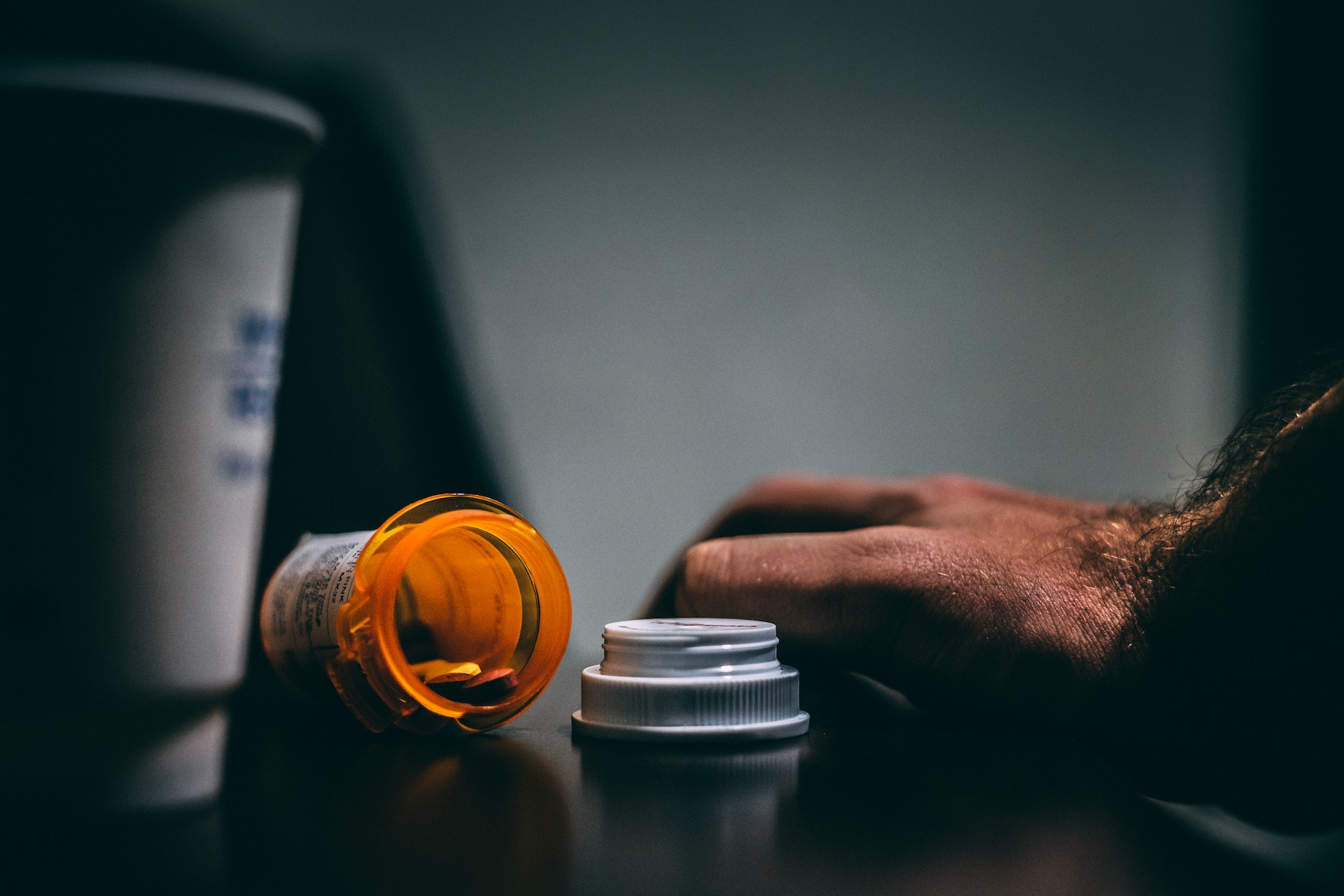Contributing to the Opioid Epidemic
The United States Department of Justice and numerous state governments have intervened in numerous qui tam whistleblower suits, including one brought by Philadelphia based law firm Young Law Group against INSYS Therapeutics, Inc. [1]. The suit alleges, among other things, that INSYS engaged in a nationwide illegal scheme to increase profits from Subsys, a fentanyl sublingual spray and schedule II controlled substance.
As alleged in the complaint, INSYS paid prescribing doctors kickbacks and promoted Subsys for unapproved uses despite the known dangers of over-prescribing opioids. The DOJ announced the intervention in court documents that were unsealed in the United States District Court for the Central District of California on May 14, 2018.
“As alleged in our complaint, INSYS and its founder, John Kapoor, and other company executives devised an illegal scheme aimed at artificially expanding the use of Subsys,” said Eric L. Young, who represents one of the whistleblowers in the case.
Mr. Young further noted, “the governments’ intervention into this litigation underscores the importance of putting an end to pharmaceutical sales and marketing efforts that place profits over patients – we are pleased that the government is aggressively pursuing this matter in that regard.”
As alleged in the complaint, INSYS waged a multi-pronged approach to build Subsys’ market share, including paying kickbacks to certain doctors and direct and affirmative misrepresentations about the drug’s safety and efficacy. Young Law Group alleged that INSYS’ illegal marketing of Subsys began immediately after the FDA approved Subsys in 2012 for the limited purpose of treating patients with breakthrough cancer pain.
As detailed in Young Law Group’s complaint, INSYS knowingly encouraged doctors to prescribe the opioid drug at higher doses, and more frequently than medically necessary.
Overprescribing Lead to Death
Young Law Group’s qui tam whistleblower case alleges, among other things, that the complained of alleged marketing misconduct may have led to the overdose death of New Jersey resident, Sarah Fuller. As detailed in the complaint, New Jersey physician Vivienne Matalon allegedly over-prescribed Subsys to Ms. Fuller for chronic pain, diabetes, and fibromyalgia, even though she had a history of substance abuse.
As detailed in the complaint, the FDA approved Subsys only for breakthrough cancer pain, but INSYS allegedly promoted Subsys for post-surgical pain, musculoskeletal pain, fibromyalgia, neck pain, and back pain, none of which are approved uses.
As detailed in Young Law Group’s qui tam suit, INSYS’ alleged misconduct resulted in false statements and claims for payment to Medicare, Medicaid and other federal and state funded healthcare programs.
[1] See U.S. ex. rel. Maria Guzman v. Insys Therapeutic, Inc., C.D.Ca., CV 13-5861 JLS (AJWx); U.S. ex rel. Doe v. Insys Therapeutics, Inc., CV 14-3488 JLS (AJWx); U.S. ex. rel. Andersson v. Insys Therapeutics, Inc., CV 14-9179 JLS (AJWx); U.S. ex rel. Erickson v. Insys Therapeutics, Inc., CV 16-2956 JLS (AJWx); and U.S. ex. rel. Doe v. Insys Therapeutics, Inc., CV 16-7937 JLS (AJWx).


